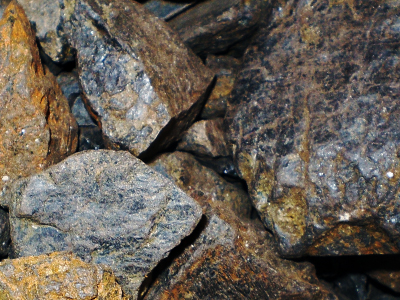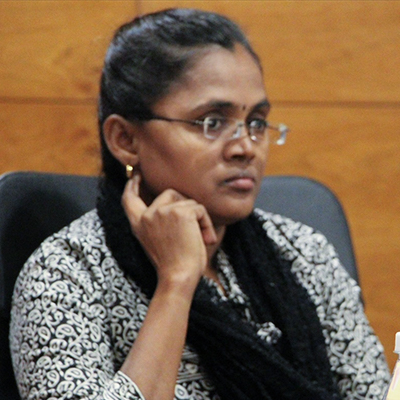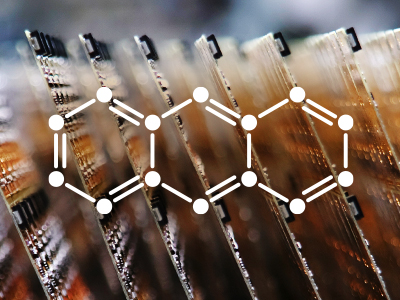As we discussed in our previous article, the term “conflict minerals” describes four minerals that are commonly mined in the Eastern Congo: tin (cassiterite), tantalum (coltan), tungsten (wolframite), y gold ore. These elements are also sometimes referred to with the shorthand “3TG.”
Now we will look at conflict minerals policy in the U.S. and elsewhere and how companies can comply with these important initiatives.
Who is Responsible for Conflict Minerals?
The U.S. Office of Threat Finance Countermeasures, in conjunction with other State Department bureaus and agencies, actively works to sever links between mineral resources and conflict through government-to-government diplomatic efforts. They also build international support for due diligence guidelines intended to help industries to develop a responsible minerals trade from conflict-affected and high-risk areas (CAHRA) in the African Great Lakes Region (GLR). They engage with a variety of domestic and international partners from government, the business community, and non-governmental organizations (NGOs) to promote the creation and use of conflict-free supply chains for tin, tantalum, tungsten, and gold.
They also assist other U.S. government agencies in providing support to the Democratic Republic of Congo (DRC) and adjacent countries to improve transparency and regulatory reform in the minerals sector as part of a comprehensive effort to implement Section 1502 of the Dodd-Frank Wall Street Reform and Consumer Protection Act.
In 2017, the State Department renewed the Public-Private Alliance (PPA) for Responsible Minerals Trade (RMT) for another five years. The PPA is a multi-sector and multi-stakeholder initiative that supports supply chain solutions to conflict minerals challenges in the Democratic Republic of Congo (DRC) and the Great Lakes Region of Central Africa.

U.S. Policy: SEC Final Rule on Conflict Minerals
Under U.S. Securities and Exchange Commission (SEC) regulations, publicly traded companies are required to submit an annual conflict minerals disclosure report by filing paperwork called a “Form SD” to the SEC.
Conflict Minerals Disclosure
The legislation requires companies that report to the SEC to disclose if any of the minerals used in their products have been sourced from the DRC or any of the adjoining countries and to describe how they have verified this. Companies and industries must improve corporate responsibility efforts and support the global trend of addressing human rights and supply chain risks.
As per the SEC final rule, a company that is required to provide a conflict minerals report is required to report on “the efforts to determine the mine or location of origin with the greatest possible specificity” for only those products or product categories that have not been described as “DRC conflict-free.” Companies subject to the SEC reporting requirement would be required to disclose whether the minerals used in their products originated in the DRC or adjoining countries. The law mandates that this reporting be submitted and made available annually.
Five Practical Steps to Support SEC Conflict Minerals Disclosure
To assess their supply chain, companies must follow a five-step framework as laid out by the Organisation for Economic Cooperation and Development (OECD):
- Responsible procurement of minerals
- Risk assessment — explore risks in the supply chain
- Risk management — strategy to respond to identified risks
- Audit smelters or refiners
- Report findings — annual public due diligence report
Step 1: Responsible Procurement of Minerals
Responsible mineral sourcing is the practice of procuring raw minerals in a way that respects human rights, protects human and environmental health, combats forced labor, child labor, sexual exploitation of women and girls, human trafficking, and slavery. Companies must implement a clear and defined policy for responsible minerals supply chains. Suppliers are obligated to contractually engage in the due diligence process. Transparency systems will allow data collection on supply chain smelters/refiners.
- Adopt a conflict minerals company policy.
- Assemble an internal team.
- Strengthen engagement with relevant suppliers.
- Establish a company grievance mechanism.
- Establish a system of controls and transparency over the conflict minerals supply chain.
Step 2: Risk Assessment — Explore Risks in the Supply Chain
Companies must identify products that contain 3TG and take action to identify the smelters/refiners.
- Identify relevant or highest priority first-tier suppliers.
- Request information from relevant first-tier suppliers.
- Review information provided by relevant first-tier suppliers.
- Compare system of records (SOR) identified by the supply chain to assess possible risk.
Step 3: Risk Management — Strategy to respond to identified risks
Reporting, mitigating, monitoring, and progress tracking of risks can lead to potential disengagement from the suppliers.
Encourage the suppliers to participate in the due diligence process and promote direct sourcing from responsible smelters/refiners.
Step 4: Audit Smelters or Refiners
Companies encourage smelters/refiners to participate in the due diligence programs and to submit audits. Traceability documentation, risk assessment reports, and company records are made available to auditors.
Step 5: Report Findings — Annual Public Due Diligence Report
Companies describe their due diligence efforts and make the report available to the public. Smelters should publish their independent audit report.
- OECD Guidance: public reporting
- SEC rule: public reporting — (i) SEC Form SD: body of the report
- OECD Step 5 relationship to SEC requirements
- Conflict Minerals Report audit
To ensure compliance with Conflict Minerals Policy, suppliers shall:
- Comply with applicable laws regarding the procurement of responsible minerals and proceed with due diligence for conflict-affected and high risks minerals.
- Verify and inform the customers whether the minerals included in the materials or component parts are conflict-affected or high-risk minerals.
- Design and implement a strategy to respond to identified risks.
- Refrain from sourcing from illegal channels and commit to promoting a responsible supply process.
Global Initiatives: Conflict Minerals Reporting Template
On October 19, 2012, The Electronic Industry Citizenship Coalition® (EICC®) and the Global e-Sustainability Initiative (GeSI) created the Conflict Minerals Reporting Template (CMRT) as a common means for the collection of sourcing information related to conflict minerals. The CMRT was developed by the Conflict-Free Sourcing Initiative (CFSI), an initiative of the EICC and GeSI. The CFSI was rebranded in 2017 as the Responsible Minerals Initiative (RMI) and is currently the global leader in the responsible sourcing of minerals.
The CMRT facilitates the transfer of information through the supply chain regarding mineral country of origin and the smelters and refiners being utilized. The template also facilitates the identification of new smelters and refiners to potentially undergo an audit via the RMI’s Responsible Minerals Assurance Process (RMAP). The RMI recommends using CMRT which is having a downloadable version of the most up-to-date Smelter Reference List.
Timeline of Conflict Minerals Reporting Template (CMRT) — Major Releases:
- GeSI and EICC® released Conflict Minerals Reporting Template CMRT version 2.0 on December 7, 2012
- CMRT 2.03 released on July 25, 2013
- CMRT 3.02 released on November 7, 2014
- CMRT 4.0 released on April 30, 2015
- CMRT 4.20 released on November 30, 2015
- CMRT 5.01 released on June 2017
- CMRT 5.11 released on April 27, 2018
- CMRT 5.12 released on April 26, 2019
- CMRT 6.01 released on May 19, 2020
- CMRT 6.1 released on April 28, 2021
- CMRT 6.2 (most recent version) released on April 27, 2022
The next version of the CMRT is anticipated to be released in spring 2023.
The CMRT is updated once a year. The release of every version of the CMRT replaces the previous version. The intent is that these templates can be used for the upcoming conflict minerals reporting year.
Major updates to these versions of the CMRT are:
- The correction of bugs and errors, enhancements that do not conflict with IPC 1755, updates to the ISO short names for countries, states, and provinces, and regular maintenance updates to the smelter lists
- Renaming of “Smelter Reference List to “Smelter look-up’
- Updates to the Smelter Look-up List and Standard Smelter List
- Transition improvements — Updates to translations for all modified text, this will allow companies to manage new data fields for compliance with conflict minerals policy.
Conclusion
The Dodd-Frank act helped set the tone for conflict minerals policy around the world and drew significant attention to this important issue. Other global initiatives such as the Responsible Minerals Initiative have also arisen to facilitate access to information and enable responsible sourcing of these materials.
Together with governments and NGOs, companies are able to ensure their supply chains are as free as possible from supporting violence and oppression.





